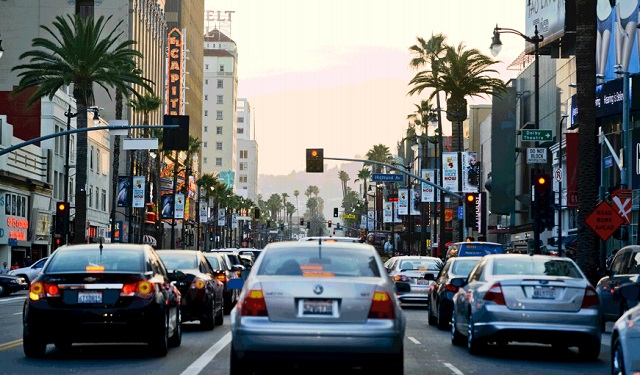
Look out for the Adaptive Cruise Control function
City traffic jams have become a nightmare. The hours of sitting in jam require some drivers to adopt strict
stress relief techniques. Listening to soft music is one.
However, there are other major unreported problems with traffic jams; accidents occur when disoriented drivers roll into the back of the vehicle ahead, clutch plates wear-off for those driving manuals, and everybody wastes fuel. All these pressures have people asking which is the best car to drive if sitting in jam is the routine for you?
Remember, an idling car is a marvel of engineering. Car engines run on a mixture of air and fuel. And just like when you sleep but certain body functions, such as breathing, digestion, blood circulation, and brain remain active, the engine of an idling car is designed not to stall or go off.
This marvel involves sensors, the Idle Air Control (IAC) and Engine Control Unit (ECU) which ensure that a very specific amount of air that will not allow the engine to stall enters the intake manifold even if you do not step on the accelerator. That is done by the throttle linkage arm not completely shutting the butterfly valve to allow just a little air through. When the car is idling, it must still run the pistons and crankshaft. In other words the engine is
working and consuming oil. That is why a 3.5lr engine that idles for an hour each day will consume 20lr a month. A 2.0 litre car has been estimated to consume between 0.6 and one litre of fuel if it idles for one hour.
The larger the engine the more fuel it consumes at idle because of the large mass of pistons and crankshaft it has to keep moving. That is why it is recommended that people routinely driving in jam pick cars with smaller engines; such as the 1.5-litre petrol engine. Putting your car in neutral and taking it out of drive when stopped can save a little. Running your air conditioner adds to the fuel usage somewhat.
Modern cars are better than the older models. Most of the newer cars have cruise control, either normal or adaptive. Many cars on our roads have normal cruise control. This enables the driver to set a speed for the car to maintain. Cars that have Adaptive Cruise Control (ACC) use radar technology to maintain distance from the car in front. It
ensures the car maintains an even speed and a pre-selected time interval to the vehicle ahead. So there is no driving into the car in front. If the front car slows down to queue in traffic, the ACC controlled vehicle behind slows down too. These cars also have a ‘stop and go function’, which means they come to a complete stop if the car is stationary for a few seconds, but resume moving when the accelerator is pushed. No need for restart hassle.
Some Adaptive Cruise Controls have Queue Assistance (Queue Assist) which offers enhanced functionality at speeds
below 30 km/h or stationary. The Queue Assist overrides the automatic braking system when car is stationary and activates the Automatic activation parking brake. Although a speed lower than 30 km/h cannot be selected/stored for the adaptive cruise control, the vehicle can still follow a vehicle rolling along 0 km/h.
****
 The Independent Uganda: You get the Truth we Pay the Price
The Independent Uganda: You get the Truth we Pay the Price



